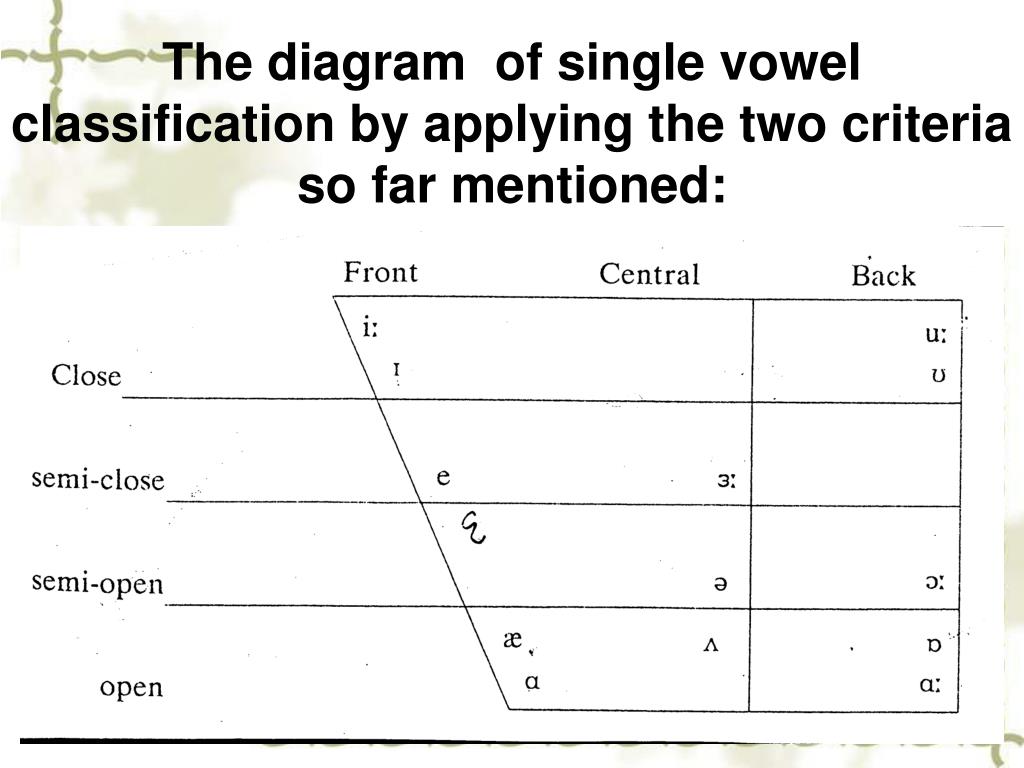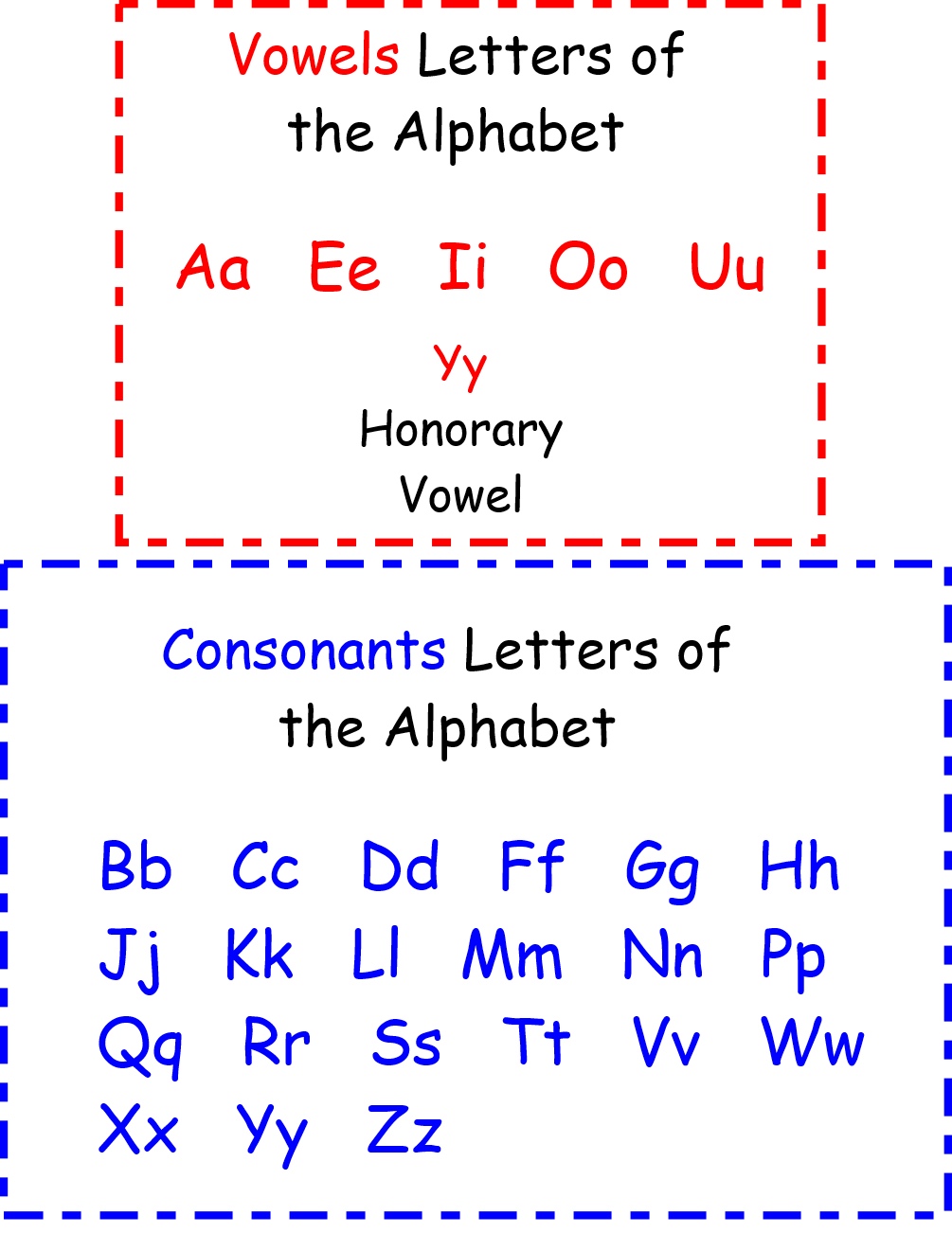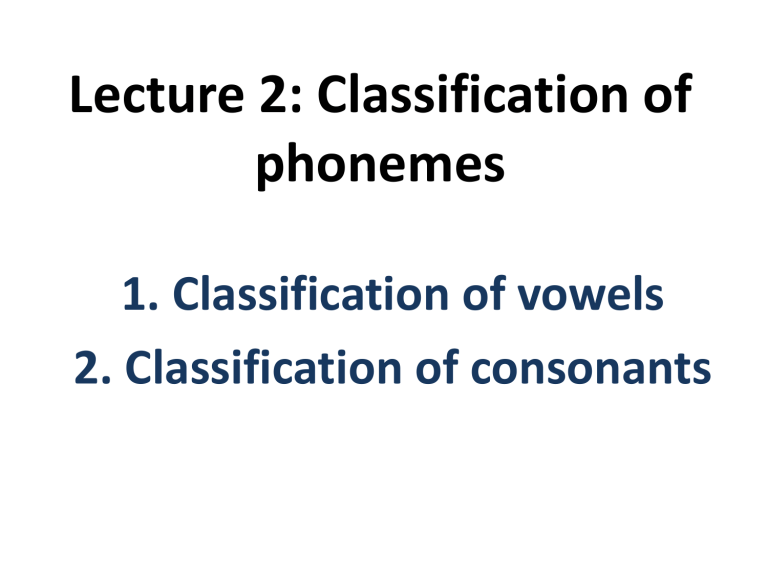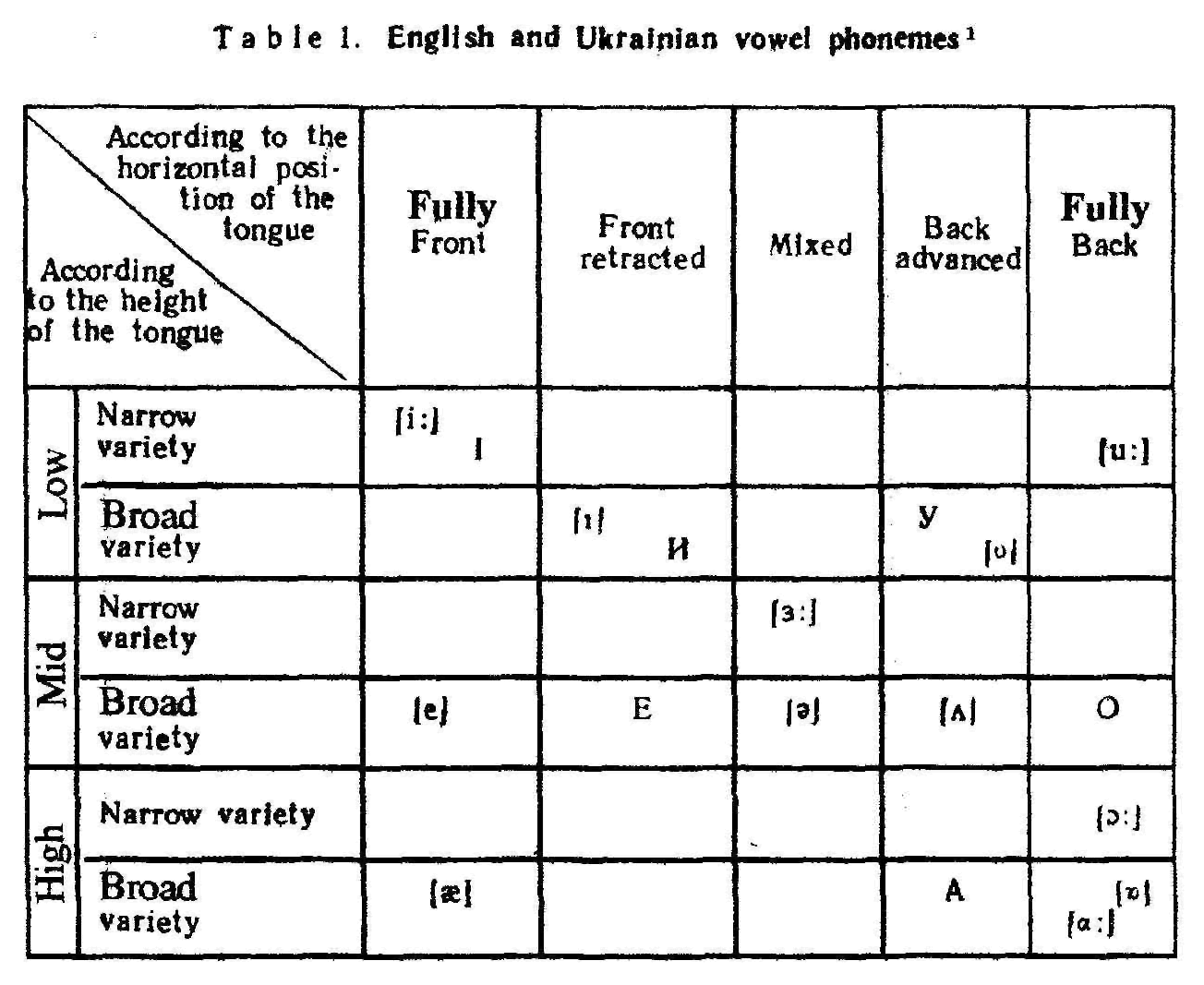
The articulatory classification of English vowels (position of the lips) Pronunciation english
Vowel phones can be categorized by the configuration of the tongue and lips during their articulation, which determines the vowel's overall vowel quality. Vowel quality is often much more of a continuum than consonant categories like place and manner.

Example of some of the different types of vowels "a" that all ow s us... Download Scientific
This video 'Classification of vowels, Part 1' has been prepared for the 5 semester BA English students of University of Calicut for the paper 'Language and L.
ImageQuiz IPA vowel chart
3 Some vowel systems of English; 4 Phonological features, part 1: the classification of English vowel phonemes; 5 Phonological features, part 2: the consonant system; 6 Syllables; 7 Word stress; 8 Phonetic representations: the realisations of phonemes; 9 Phrases, sentences and the phonology of connected speech; 10 Representations and.

PPT Chapter 2 and Phonology PowerPoint Presentation, free download ID255466
Let's see the classification on vowels based on the vowel's representations. 1. Monophthongs Also known as pure and stable vowels because the monophthong articulated as one sound just like the original form of the letter. Below are some of the pronunciation symbols of the monophthong vowel letters and the example for each. Hit [i] Lick [I] Beg [e]

Vowels Principles of Classification Andronik N. P.
The classification of vowels. Phoneticians often classify vowels according to their phonetic quality which is considered as independent of other features, such as pitch, loudness, and personal quality. The implications of these distinctions are discussed, and definitions of the terms "personal quality" and "phonetic quality" are suggested.

GENERAL CLASSIFICATION OF VOWELS
Vowels are letters that represent speech sounds where air leaves the mouth without any blockage by the tongue, lips, or throat. The vowels in the alphabet are a, e, i, o, u, and sometimes y. All other letters in the English alphabet are consonants, which represent speech sounds where air is blocked somehow before leaving the mouth.

What are Vowels and Consonants?
A vowel is a syllabic speech sound pronounced without any stricture in the vocal tract. Vowels are one of the two principal classes of speech sounds, the other being the consonant.Vowels vary in quality, in loudness and also in quantity (length).They are usually voiced and are closely involved in prosodic variation such as tone, intonation and stress.. The word vowel comes from the Latin word.

10 classification of vowels
We classify vowels according to four pieces of information: The high/mid/low distinction has to do with how high the tongue is in the mouth. Say this list of words: beet, bit, bait, bet, bat Now do the same thing, but leave off the "b" and the "t" and just say the vowels.

2. Classification of English vowels according to the position of the lips.
High, middle, and low vowels are also classified according to a front-to-back dimension. A front vowel is pronounced with the highest part of the tongue pushed forward in the mouth and somewhat arched. The a in "had," the e in "bed," and the i in "fit" are front vowels.

Classification of Vowels, Part 1 YouTube
It refers to the position of our lips, when we make the vowel sounds. When we make the sound /i/, the corners of our mouth are further apart, so we can say that this is a spread vowel sound. When we pronounce /u/, our lips are rounded, and for the sound /a/ our lips are neither spread nor rounded, so we say that it is an unrounded vowel or.

GENERAL CLASSIFICATION OF VOWELS
35. 4.4 Natural Classes. It's possible to describe an individual speech segment in terms of its phonetic features. It's also possible to group sounds that share features into natural classes. Natural classes of sounds tend to behave similarly because they have features in common. We can distinguish obstruents, sonorants, glides, and vowels.

Pin on Synthetic phonics
For this, we have to set up criteria for the description and classification of vowels. All vowels are normally voiced. We have to understand two types of differences found in vowels - vowel length and vowel quality. Consider the English words hit and heat. The vowel sounds in these words differ only in their relative length.

CDIS 4017 Chapter 4 Classification of Vowels YouTube
Accordingly, these vowels are classified as front vowels, whereas the vowels in hod, hawed, hood, and who'd are classified as back vowels. The tongue is highest in the vowels in heed and who'd, which are therefore called high, or close, vowels, and lowest in the vowels in had and hod, which are called low, or open, vowels.

The articulatory classification of English vowels
English Vowels and Consonants: Classification By Eriberto Do Nascimento on 05 Jun 2022 Contents Menu item The organs of speech are capable of uttering many different kinds of sounds. From the practical point of view, it is convenient to distinguish two types of speech sounds: vowels and consonants.

English vowel system
vowel stay constant throughout the sound, even if we continue to say the vowel for a long time. We call this type of vowel a simple vowel or a pure vowel. Other vowels have a small change in tongue position from the beginning to the end. For example, when we say /ey/ as in day, our tongue moves just a bit, from the position of /ɛ/

Vowels Principles of Classification Andronik N. P.
Classification of vowels Vowels are divided into different categories based on Length of the sound Position of the tongue Shape of the lips 1. Length of the sound Long (tense) vowels Short (lax) vowels 2. Position of the tongue close (high) or open (low) The distance between the tongue and the top of the mouth front or back